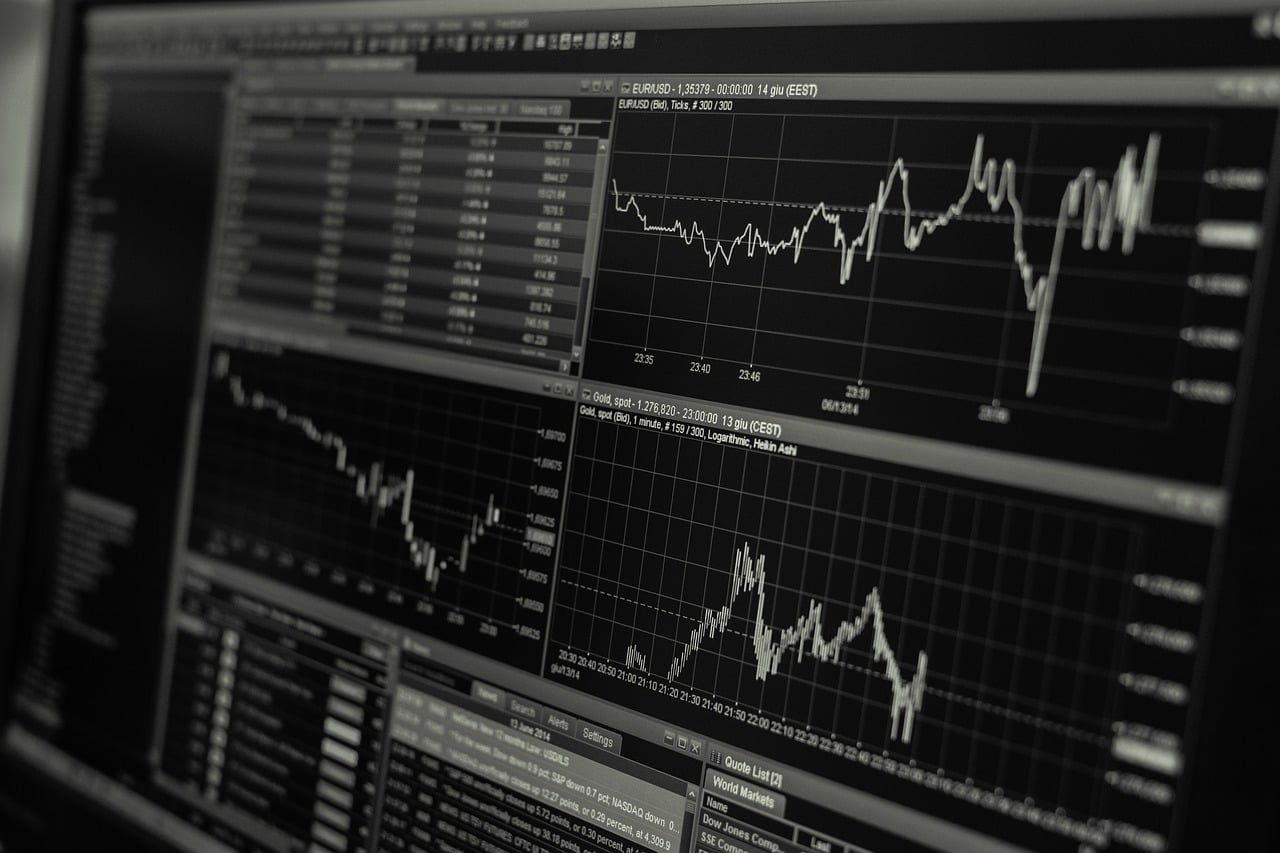Hedge Funds Beware – Equities Electronification Is Only One Piece Of The Puzzle
Market turbulence in the fourth quarter last year caused hedge funds to have their worst year in seven. While some funds were able to beat the S&P 500 index for the first time in a decade, an imminent reappearance of widespread returns seems somewhat unlikely.
Q1 hedge fund letters, conference, scoops etc
Against this backdrop and a tightening of the technology budget purse strings, do hedge funds stand any chance of being able to improve their execution performance and avoid being marginalised by dominant electronic market makers? Not for the first time, the answer is to be found by adopting a simple approach to a challenging issue. The established wisdom has been to look to equities to figure out how to deliver the best possible electronic execution across the other asset classes. Even if the world of equities is years ahead of algorithmic trading in Fixed Income (FI) and to a lesser extent, Foreign Exchange (FX), this doesn’t necessarily mean that it will provide the execution solutions for the other asset classes.
Just consider how much asset managers have struggled to trade large blocks of shares in recent times post MiFID II’s dark pool volume caps. It’s a struggle all too familiar for Fixed Income traders, who have been battling similar challenges for years. While a huge universe of illiquid instruments has always presented itself, the non-existent likelihood of seeing five rows of competing bid/ask prices has seen bond traders look to alternative ways to execute orders. As a result, methodologies more commonly associated with Fixed Income execution are becoming more attractive for the trading of illiquid and difficult to execute stocks. An increased number of electronic order routing types, outside of algorithmic trading, reinforces the benefits of such a strategy. Program trading, direct market access, periodic auctions and RFQ protocols all allow traders to seek out the best prices alongside direct access to the fast growing equity block venues.
However, the gathering and interpretation of pre-trade analytics for the buy-side trading desk can prove challenging, and the task of collaborating with FI and FX desks in other execution areas perhaps even more so. This is because different execution systems are routinely employed for different asset classes at the largest hedge funds. Consequently, on an operational level, collaboration often remains very hard to achieve. Yet it has become essential in the modern age of doing more with less. Buy-side trading desks must now have broader levels of multi asset class expertise. BlackRock reinforced this point recently, when they said that trading desks “need to be able to understand multi asset classes, multiple trading strategies, and multi-regional influences.”
Hedge funds are also facing growing regulatory pressure to take direct responsibility for best and individual traders are expected to execute a greater proportion of trades themselves. Where traditionally traders would have deep vertical expertise, nowadays traders need to be able to understand a wide range of multi asset classes and trading strategies. Combined with investor demands to reduce fees, and the task facing hedge funds looks overwhelming. As a result, creating an environment where heads of desks are able to share execution strategies starts to become an obvious solution. By streamlining and consolidating ten different execution platforms down to one, multi-asset focused hedge funds will give themselves the agility and the flexibility to navigate the increasingly challenging financial markets landscape. The merging of Equities, Listed Derivatives, FX, and Fixed Income trading desks should create endless opportunities to collaborate on the best possible execution strategies. This approach also saves on IT costs, streamlines straight-through-processing (STP) and opens up new avenues to incorporate artificial intelligence into their workflow.
Electronic trading is spreading rapidly, bringing its inherent complexities to other asset classes. Given the potential ramifications of failing to tackle such a multi-faceted problem, hedge fund managers do not have the option of choosing to ignore it. However, by simplifying their approach and prioritising collaboration, they will not only avoid unnecessary short-term pain, but lay the foundations for future success.
About the Author
Chris Hollands is the Head of Europe and North America Sales and Account Management at TradingScreen.






